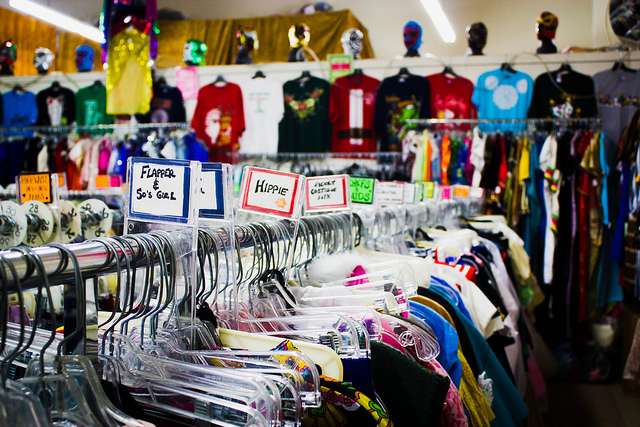An Innovative Public-Private Partnership
Guest Post by Wayne Stevenson Thomas, in San Antonio, Texas
[Editor’s note: We stayed with Wayne on our first trip to San Antonio many years ago, and have stayed in contact. I am always looking for examples of for-profit businesses that serve a greater good. If you’ve got an example and would like to guest-blog, please write to me through this site.]

Cliff Morgan was an executive at the local St. Vincent de Paul. They had a big operation of recycling the items they couldn’t sell or give to the poor. But he and the St. Vincent board found that the not-for-profit model didn’t allow him the flexibility he needed to operate. (Something about how all contracts or agreements had to go to the board as well as any expenditures above a fairly low number.)
So St. Vincent decided to spin off the operation into a for-profit, which Cliff owns. SA3 Community Recycling serves three communities of interest: Nonprofits who receive donations they cannot use, nonprofits who need items, and citizens (as represented by our governmental organizations).
He collects unneeded items from providing nonprofits. He pays them for clothing, shoes and bundled cardboard, generating a small revenue stream for them while allowing them to concentrate on their mission, rather than on disposing or selling unwanted material.
He contacts receiver nonprofits to provide them exactly the items they need from the stream of items he receives from the provider nonprofits. He provides exactly what they need. For instance, Dress for Success might need 5 size 16 Women’s business suits. SA3 would pull exactly that out of their stream and no more.
For the citizens as a whole, he contracts with governmental organizations to keep items out of the landfill. For instance he accepts cathode ray tube TVs from the providing nonprofits and disassembles them. He does the same with other electronics (if he doesn’t have another nonprofit that can use them.)
He generates income (as I understand it) by selling the clothing and cardboard for a bit more than he pays for it, and by selling the metal and other material captured from the electronics. He pays his staff, who do the pick-ups and supervise the volunteers who help sort the items that come through the door.
Among the nonprofits he provides with items from his stream are: Habitat for Humanity (building material), the Diaper Bank (loose and packaged diapers), Dress for Success, Spare Parts (an arts nonprofit that provides used and repurposed items to local art educators) and Samministries (household items for families leaving shelters). He also provides items as needed to several St. Vincent operations in South Texas. I believe he sincerely wants to recycle as much as he can within the community (and have connected him with several other receiver organizations).
Wayne Stevenson Thomas is a former volunteer and assistant manager at Jefferson Thrift Store in San Antonio.
